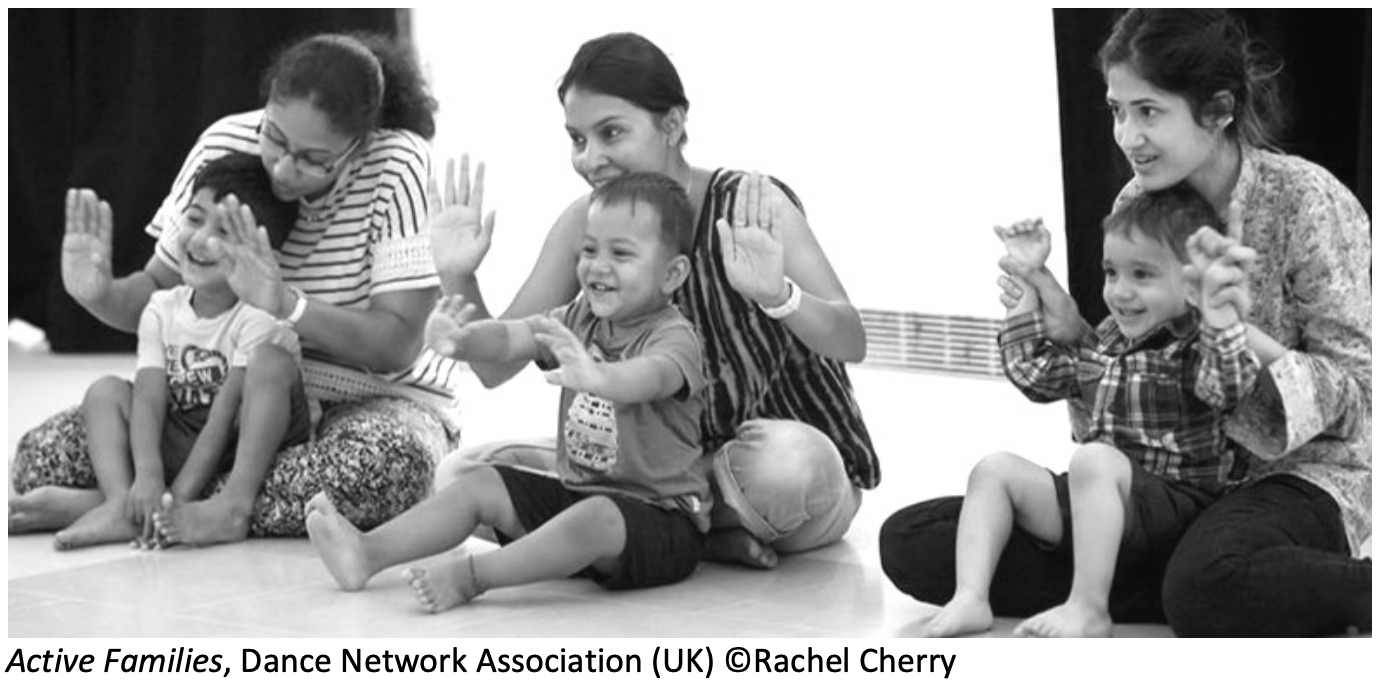Blog
Blog
Identity Matters
Author: Lynda Mainwaring, PhD, CPsych
Who am I? Who am I now that I am injured? Who am I when I am no longer a dancer? Who am I, if I am not recognized in the way in which I perceive myself? Dancers may ask themselves these questions along their career paths. The questions relate to how we perceive ourselves, how we describe ourselves, how we value ourselves, how we perceive our identity, and how we are perceived by others and the way in which that influences us.
Read ArticleThe Effect of Age on Spinal Range of Motion - A brief overview of the literature
Author: Janine Bryant on behalf of the IADMS Dance Educators’ Committee
The learning objectives of this article: To share a brief overview of the literature on spinal range of motion and aging, to consider how aging affects dancers but also how dancers, as exercisers, can have a built-in advantage over the aging process, and to focus on the mechanism of aging with regards to collagen and skeletal muscle.
Read ArticleIADMS Infographic Competition - 2019
An infographic can be used to display dance science concepts in an interesting, visual way that makes it easy to quickly understand. Infographics provide an interesting way to share evidence-based information with other members of the dance science community. Infographics can be very useful ways to communicate information. In an effort to promote the more widespread use of these visual displays of data, IADMS has developed an infographic award competition. Submit your infographics to promotion@iadms.org by August 1, 2019!
Read ArticleStability of the foot and ankle: the impact of daily habits on dance training
Authors: Nancy Romita and Allegra Romita on behalf of the IADMS Dance Educators' Committee
As you read this, freeze. Hold the position in which you currently find yourself. Do not adjust anything. Without judgment or shifting, notice the position of both feet. Does one foot have more weight on it than the other? Are both feet on the floor? Is there an even weight distribution? Is one foot or ankle a little more turned or rolled in or out? Are you sitting on one foot? Is a leg crossed and how does that affect the shape of foot and ankle?
Read ArticleRegional Meeting Edinburgh 2019 – Control
Author: Leanne Steel on behalf of the IADMS Student Committee
Between 29th-30th April, in collaboration with ACPSEM and the University of Edinburgh, IADMS hosted their regional meeting in Scotland which focused on the topic of ‘Control’. The meeting consisted of a full day Saturday exploring topics relating to control in aesthetic sports as well as an optional evening session on Friday about ‘Controlling hypermobility’.
Read ArticleTrait versus Process Correction and Praise
Author: Dr. Kveton-Bohnert on behalf of the IADMS Dance Educators' Committee
Every dance class includes correction. Teachers serve as talking mirrors. Without feedback, dancers cannot develop discernment of detail or learn to self-correct. However, teachers must realize that what they say and how they say it has a marked influence on the dancer’s self-beliefs that manifest as confidence or anxiety. Instructors must be mindful of their phraseology when giving correction and praise.
Read ArticleAging and range of motion for dancers: An introduction to a three-part series
Author: Janine Bryant on behalf of the IADMS Dance Educators’ Committee
The learning objectives of this article: To broadly understand the aging process and its impact on function and quality of life for dancers, to understand how this information can help dancers age well and therefore affect career longevity, to encourage dancers to create an awareness statement based on this information on how they can help themselves age well as a dancer-athlete, and to help dancers understand how how the very act of dancing puts them at an advantage over the aging process in some ways.
Read ArticleMeasuring a Pirouette: Tackling the challenge of quantifying dance
Author: Catherine Haber on behalf of the IADMS Dance Educators’ Committee
Pirouettes are incredibly challenging for dancers to perform, but also for scientists to study! As we heard from January’s post, physical principles – such as torque, force couples, angular acceleration, and conservation of angular momentum – can help us gain better insights into performance. However, beyond these principles, there are a multitude of crucial elements that go into the performance of a pirouette.
Read ArticleIntroducing 'Dance for Health'
Authors: Clare Guss-West and Emily Jenkins on behalf of the Dance for Health Task Force
The forthcoming IADMS 2019 conference in Montreal will see an exciting development that reflects the evolution of the IADMS mission statement in the visionary field of Dance for Health (DfH). Capitalizing on IADMS Health for Dance (HfD) expertise, the Association enlarges the focus of its medical, scientific and educational research and activities to validate the role of dance in society and enhance the health of all dancing publics.
Read ArticleDoes dancing in heels hurt your knees? This may be why.
Author: Pamela Mikkelsen on behalf of the IADMS Promotion Committee
Dancers know that the shoes we wear impact how our bodies feel after dancing. I know that dancing full production shows in heels left my knees sore in ways that wearing flat shoes didn’t. Some of this soreness can be explained by differences in choreography demands but how much of the soreness could come down to the shoes?
Read Article









 BACK
BACK